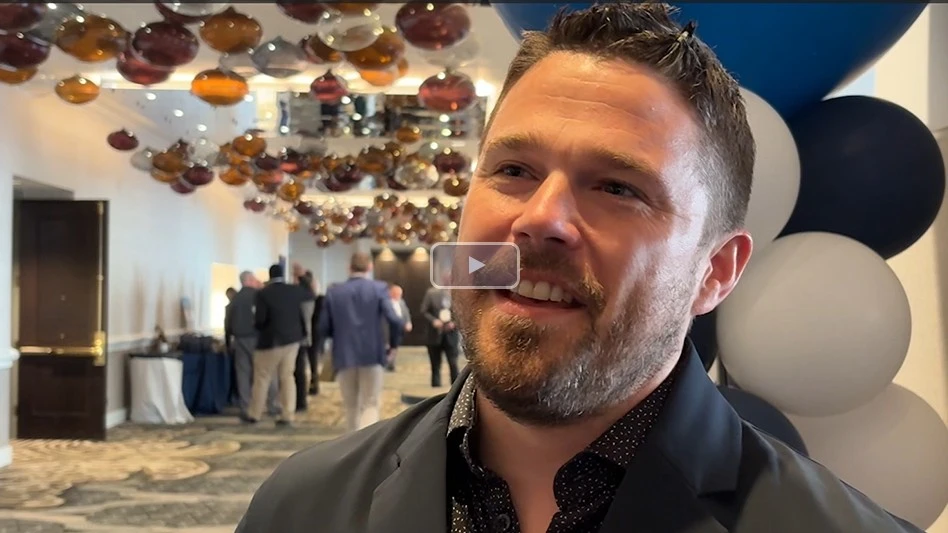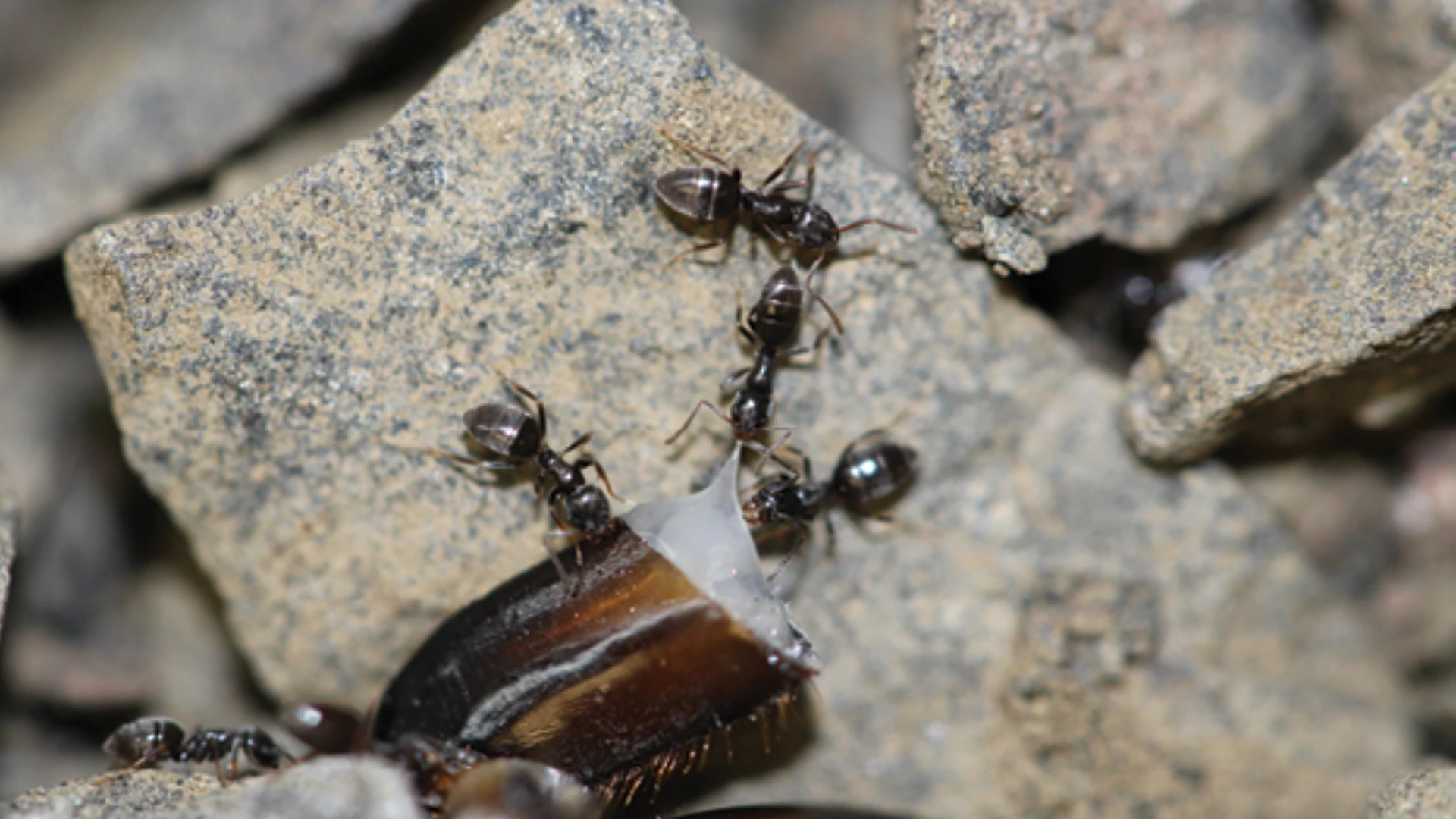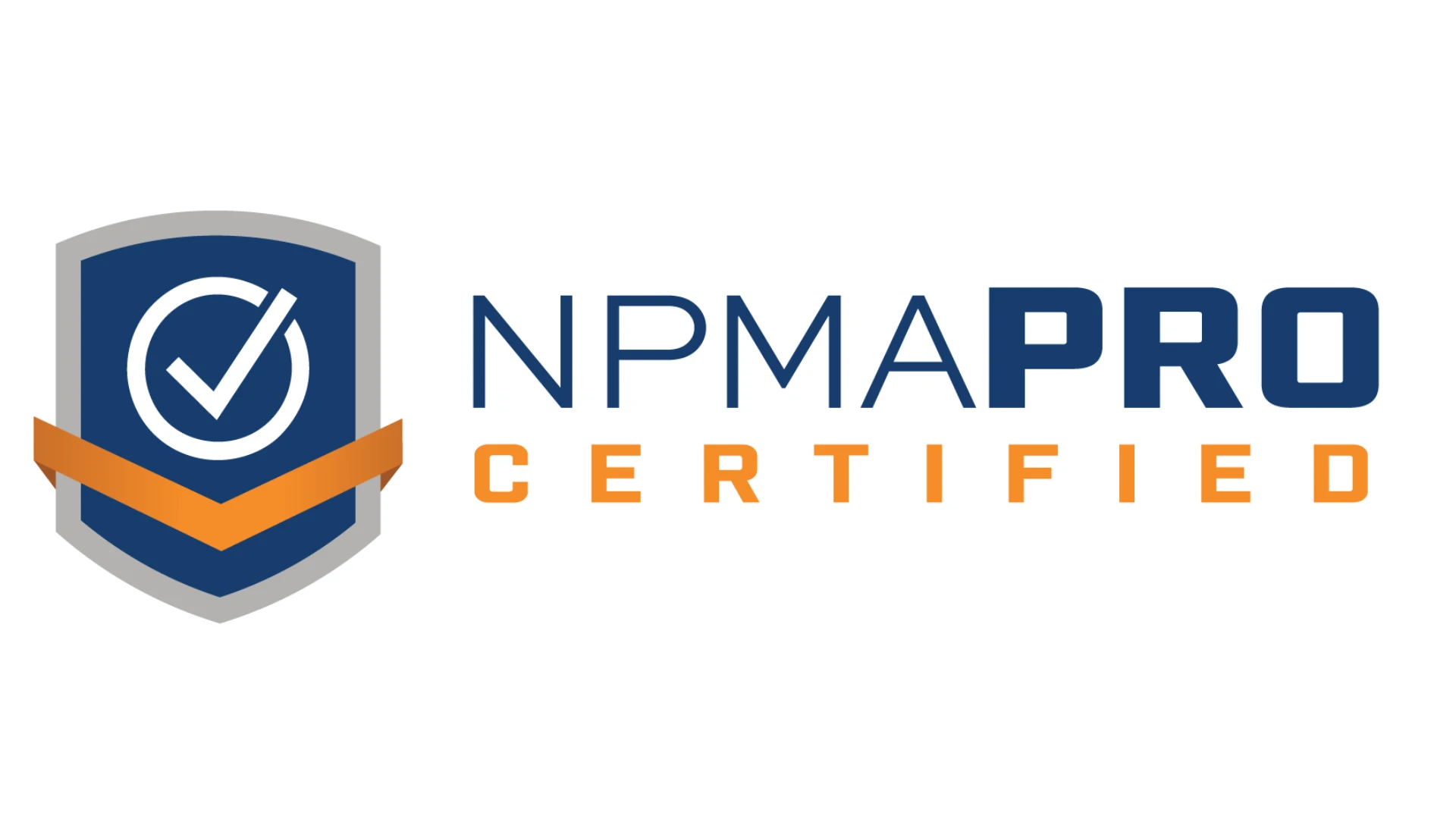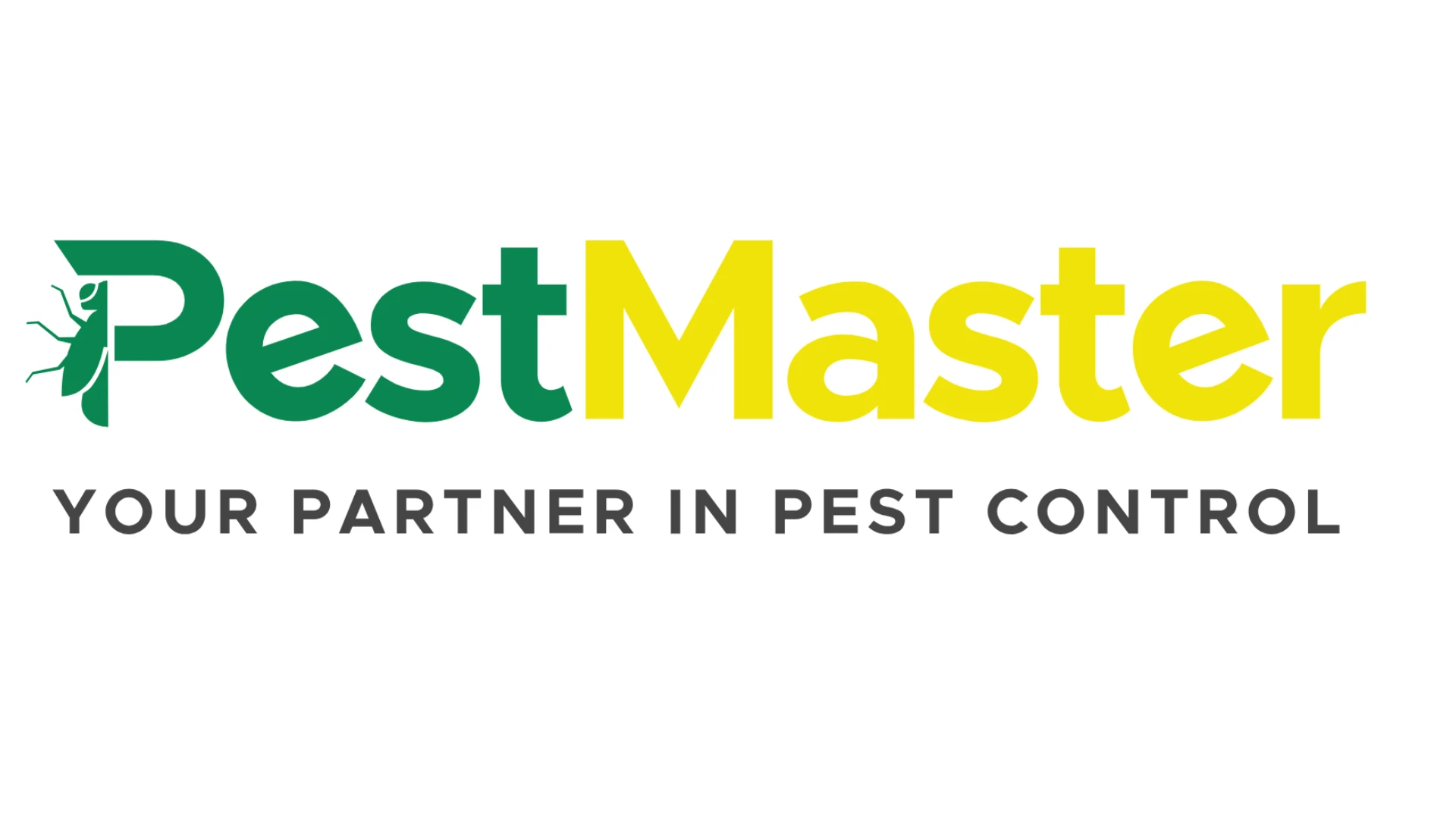
Pest control is the worst job! Well, it’s the 11th worst out of 200 occupations. It’s dirty, the pay stinks compared to other careers, you deal with “toxic” pesticides and you could spend your days squeezing into tight spaces to eliminate bugs. The only thing worse than this would be working as a painter, advertising salesperson, broadcaster, disc jockey, corrections officer, military personnel, retail salesperson, newspaper reporter, logger or — the worst — taxicab driver.
That all may be true if you buy into the USA Today report based on 24/7 Wall St.’s review of the 2018 Jobs Rated Report from CareerCast. The story cites stress, occupational outlook and income as factors that make these jobs so bad.
Perception or reality?
The pest control industry has long battled the image of a burly exterminator arriving on the scene with a tank of chemicals. But isn’t this perception outdated? Haven’t we moved beyond this “worst job” brand into a positive public light?
“During the very first strategic planning session that the National Pest Management Association (NPMA) held in 2002, we identified three issues: How do we talk about consumers and get them to understand the value of what we do? How do we raise the professionalism of the industry? And, how do we attract and retain good people?” says Cindy Mannes, NPMA’s senior vice president of public affairs and executive director of the Professional Pest Management Alliance (PPMA).
NPMA took on the first two initiatives with gusto, rolling out the QualityPro credentialing program and enhancing PPMA’s consumer-facing efforts to promote the industry as a protector of public health. “Now, with the digital world and social media, we are better prepared to take on workforce development,” Mannes says. NPMA launched a strategic plan focused on this during PestWorld 2019.
Competing industries like construction, landscaping and manufacturing have embraced digital media to elevate their brands and tell stories about working in their industries.
Pest management is now doing the same. The NMPA Workforce Development Business Plan highlights pest control as a desirable industry with job opportunities and career paths to build a pipeline of qualified candidates. “The No. 1 barrier to growth is lack of workers,” Mannes says. “And, during COVID times, folks have been home and we’re hearing from many pest control companies that their revenue increased on the residential side by 15 to 30 percent.
“That being said, their backlog for service could be as long as a month due to lack of awareness that pest control is a viable career and (PMPs’ inability to find) good people,” she said.
Meanwhile, according to the U.S. Bureau of Labor Statistics (before the pandemic), pest control employment is projected to grow 7 percent in the next 10 years, which is faster than the average 5 percent growth of all other occupations.
There’s nothing “worst” about that.
But, there certainly is pressure associated with difficulty in recruiting new hires and a looming workforce deficit. Fifty percent of people employed today are set to retire in the next decade, according to Contractor magazine.
“Pest control can be a field that is attractive to the masses — we have employees who are old and young, single and married, men and women, and some have left other careers to come here while others are just beginning their careers,” say Jacob Borg, president, Pointe Pest Control, Coeur d’Alene, Idaho. “This can be an attractive career option.”
NOT TOP OF MIND. Back to the “worst” news: What makes a job undesirable? What creates a reputation that can prevent companies from recruiting talent?
“Any job presents itself as a value proposition, and there are a bunch of components to that,” says Robert J. Gilbert, Ph.D., clinical associate professor of business administration at the University of Pittsburgh’s Katz Graduate School of Business.
“A job is a bundle of benefits,” Gilbert says simply. “Salary, benefits, work environment, job security, how much supervision is required, the nature of the work — these are part of the bundle.”
The key is to create an attractive bundle so prospective employees can visualize themselves taking advantage of all the benefits. “Figure out your strengths and weaknesses, and promote the things that give you a leg up on other job opportunities,” Gilbert says.
In pest control, and many other occupations like manufacturing, there are branding problems that are a hang-up for the younger generation. Case in point: One perception that may affect pest control is that we spray crawlspaces for low pay. As Gilbert notes, companies that struggle to recruit need to evaluate what they can offer potential employees and focus on communicating those benefits.
For example, technicians keep regular hours with an occasional Saturday work day, Borg says. “Restaurant workers are on duty evenings, weekends and holidays.”
Many PMPs provide company vehicles. “It’s common to drive the vehicle to and from work,” Borg says. “So, that can eliminate a gas expense. And, our workers do not have to provide their own tools, and in construction that is usually expected.”
Speaking of construction, Borg points out that some technicians at Pointe Pest appreciate the family-friendly environment of his firm compared to the “abrasiveness you can find around construction.”
Not to mention, there’s independence. “Once our technicians ‘own’ the route, they get to schedule it,” says Shannon LaBonne, human resources manager, Plunkett’s Pest Control, Minneapolis. “They also have the ability to make as much money as they want. They can be paid for prospecting and get sales bonuses for increasing their route size and annual income.”
Too, pest management can be attractive for young people seeking a tech-savvy career. Electronic rodent monitoring, online documentation and using bar-code scanners are all common today. “Pest control is one of the last careers that you won’t be replaced by technology and you can actually have a career and raise a family,” Mannes said. “What other industry provides those type of opportunities?”
The average pay for technicians at Plunkett’s is $52,000, LaBonne says. (This is quite a bit more than the pay average cited by the BLS, $35,610.)
Plus, there’s much more to the industry than managing pests. “If you want to go into the technical aspect, you could be making decisions on which pesticides should be used, helping write safety manuals and more,” says Larry Motes, general manager, Gregory Pest Solutions, Greenville, S.C. “We have an entire technical department that never does any service work, and we have a business office where employees focus on billing and customer service.”
As Mannes says, “We need everyone. We need customer care people, we need salespeople, we need accountants and marketing people. Pest control businesses don’t run on technicians alone.”
SERVING PEOPLE. Why would anyone call pest control the “worst job”? The reality is, there are pest control firms that are contributing to this reputation. “While many companies do pest control with an IPM approach and a heavy focus on inspection and communication, there are still companies that are what we refer to as ‘baseboard jockeys’ that use a lot of pesticides and don’t get rid of pests terribly well,” says Mark Goodman, regional operations manager for Plunkett’s.
So, Goodman’s team addresses this fact and explains, “That’s not how we do it.”
Borg agrees — there are companies in the industry that don’t necessarily represent themselves in a professional manner. “We’ve seen sloppy technicians, and we push to be as professional as possible here,” he says.
And, Mark VanderWerp, manager of education and training at Rose Pest Solutions, acknowledges that some people have a “visceral negative reaction when it comes to anything pest-related.” (Ewwww! Bugs!) “I can’t tell you how many times people have said, ‘Boy, I wouldn’t want your job, but I’m sure glad you’re doing it.’”
Then, there’s the media. Aside from the USA Today article, you’ve got movies and reality TV episodes featuring exterminators that are set up to create drama for a TV audience. As for stereotypes of pest control technicians spraying every moving creature, Borg says, “That stuff is so overplayed. Our industry is so light on where we treat and how we treat. There are very few companies pulling hoses and spray rigs and drenching everything in sight. It’s just not that common.”
Sure, it can be dirty, hard work. But Goodman says plenty of people appreciate taking on challenges. He frames it this way: “We embrace hard things. We enjoy doing hard work because that is what sets us apart. And, that is why customers need us, because anyone can take care of the easy stuff.”
“Not every day is sunshine and diamonds, but there is a lot of cool stuff about being in the field,” VanderWerp says, adding that technicians get a backstage tour of some interesting environments. “I’ve been on the rooftops of skyscrapers and in the back rooms of my favorite restaurants,” VanderWerp continues. “I’ve been in the somewhat disturbing basements of five-star hotels — they don’t look so five-star down there! We do work for state representatives and owners of companies, presidents of banks. You get to see all kinds of stuff you wouldn’t see otherwise, and you learn a lot.”
Pest control is “absolutely a thinking person’s game,” VanderWerp adds. This is a message he emphasizes to new recruits during training.
Reflecting on how he ended up in the industry, VanderWerp says he studied biology and his college professor asked one day, “What do you plan on doing with this degree?” He suggested studying a specific area, so VanderWerp pursued entomology. “I always liked insects as a kid,” he says.
After graduating, he worked in a laboratory. But upon attending an entomology meeting and meeting some folks from Rose Pest Solutions, he pursued a position there. “I’m a people person,” he says. “So, pest control is a nice blend of dealing with people and getting out into the field to deal with insects.”
Goodman shares his story of entering the industry. “I came into it with a Ph.D. in entomology and I chose to do this rather than be a professor or work for a larger research firm,” he says. “I love solving problems, and this never gets boring. You get to deal with so many different types of people and you build relationships with them because you are solving their issues.”
Transferable “people skills” are ultimately what Gregory Pest Solutions seeks when recruiting. They’ve hired individuals who have worked for auto parts supply stores. “(They) knew how to greet customers, listen and find the right solution to problems,” says Sherry Marlar, director of human resources at the company.
“We are looking for potential employees who are humble, hungry and smart and when we get the right makeup of a person, we can teach them pest control,” Marlar adds.
LaBonne says, “No one grows up wanting to be in pest control, it’s something people fall in to.” This is why industry education is critical. And, by showing people in other occupations what pest control can offer, Plunkett’s has attracted workers who were previously in beverage sales, route sales including lawn care, apartment maintenance or service companies like rug rental and cleaning.
To show what the field looks like before committing to the $15,000 in training Plunkett’s delivers to new hires, the firm provides a three-week paid orientation. They spend one week in the field with a supervisor and two weeks in the office. “It’s important for them to get a feel for what’s out there on the route so they can see if they can handle it,” LaBonne says.
Transparency helps retain employees. It also shows team members how they can grow their careers and work independently. “They see the field first, because not everyone can manage their own schedules,” LaBonne says. (And, not all companies allow this, she adds.)
Videos also help companies like Plunkett’s and Rose Pest Solutions show prospective hires what working in the industry is like on a day-to-day basis. “In this age of connected social networks, we have been shooting some short YouTube videos to get the word out about what a career in pest control is like,” VanderWerp says.
Goodman says Plunkett’s ads on Indeed.com guide prospects to the company website, which houses a video they can watch to learn more. “When someone applies, we do a phone interview process first to explain more about the industry,” he says.
Plunkett’s hasn’t had to “change a lot of minds” to encourage applicants to try for a position. “But we do find it important to change how they think about the job when they want to work for us,” Goodman says.
.
TELLING OUR STORY . Even during a global pandemic, there’s a demand for people who can serve people among industries looking for skilled labor.
“What people need to realize is, this is a service industry — it’s not all about the bugs,” Goodman says. “It’s about people. And, really good pest control companies recognize this and focus on the relationships and communication. Pest control is really about caring for people and solving problems.”
When Goodman shares this with people who don’t have experience in the industry, he watches their face warm to the concept. “You see them nodding, like, ‘Huh. Yeah. I guess I hadn’t thought of it that way,’” he said.
LaBonne relates a technician’s role to hunting, which resonates with those who enjoy the outdoors — and that’s common in their region. “They are hunting and fishing people, so I tell them that pest control is hunting — it’s just hunting smaller game,” she says. “The problem-solving and intellectual stimulation is the same.”
As for stimulation, being on the move is an appealing factor for some people searching for jobs, VanderWerp notes. So, he talks about this. Half of the office staff at Rose Pest Solutions uses stand-up desks, and technicians in the field get lots of physical exercise. “I wore a pedometer for a couple of months while I was in the field, and I was logging anywhere from 2.5 to 7 miles per day in walking,” he says. “I was in great shape and felt like I could conquer anything. There is something to be said about being active.”
And, variety is a selling point for people who feel burned out in an existing career and are open to trying something new. VanderWerp says he has loaded semi-trucks and worked at a zoo. His work experiences are varied, which is the case with many people these days.
“In a lot of those entry-level roles, no matter how much you like or dislike the job, you are stuck in the same place all day long,” VanderWerp points out. “Our people move around, whether they are salespeople, canine handler technicians or pest control operators. They are visiting multiple clients per day.”
The earlier the better for pest control companies to show young people the possibilities in a pest control career and erase the “worst job” perception. Gregory Pest Solutions participates in Touch-a-Truck events that encourage children to explore the “bug truck” and view animal traps, some wildlife catches (snakes) and insect collections. Motes has amassed a generous portfolio of bugs during the last 50 years he’s been a collector, and he enjoys showing his display at local schools. “Kids are fascinated to see bugs from around the world,” he says.
Marlar adds, “We are in the community and in the schools doing educational programs to get them excited and develop that interest and possibly a passion for the career.”
Rose Pest Solutions participates in its county’s Science Olympiad and created a program called Amazing Arthropods that exposes students to the joy of catching bugs in their backyards. “We tie into pest management — good bugs vs. bad bugs — and the problems pests can cause,” VanderWerp says. “We raise awareness through outreach.” The company also invested in a full-time recruiter two years ago. “We have to keep getting the word out, and pest control is a job that people tend not to think about, so we have to do our best to get applicants in the door,” he notes.
NPMA’s Workforce Development Initiative will help support companies’ efforts. In late October, the website (www.pestcontroljobs.com), and its associated social media assets, will be launched. At PestWorld 2020, NPMA will host a roundtable discussion about its new initiatives.
The Workforce Development Initiative is designed to reflect the demographics of everyone in the U.S. today, and the website’s photography features men, women, and people of different generations and of all races and ethnicities. Borg says Pointe Pest has hired 10 women in the last two to three years, noting that regular hours compared to other service industries, the people focus and autonomy are contributing factors. “There is flexibility,” he said.
And, there’s pride in doing the work.
“We are protecting the nation’s food supply from contamination,” Motes says. “We are protecting public health. We are protecting people’s largest single investment, their homes and businesses. And, we are protecting brands because with the way social media is today, a roach will ruin the reputation of restaurant.”
When speaking to those who have no experience in the industry at all, Motes can wipe out that “worst job” image by keeping it simple. “People recognize this is a valued service that needs to get done,” he says. “This is the real deal.”

Explore the September 2020 Issue
Check out more from this issue and find your next story to read.
Latest from Pest Control Technology
- Target Specialty Products Expands Sales Leadership Team
- Mosquito Joe Promotes David Price to Vice President of Strategic Growth
- Abell Pest Control Recognized as One of Canada’s Best Workplaces in 2025
- Scorpion Launches Capacity Marketing Engine
- Petti Pest Control Owners Reflect on Finding Success as a Father-Son Duo
- Effective Mitigation of Crow Infestations
- Mosquito Control: Spraying vs. IPM
- Terminix Service's Leaders Inducted into South Carolina Business Hall of Fame





